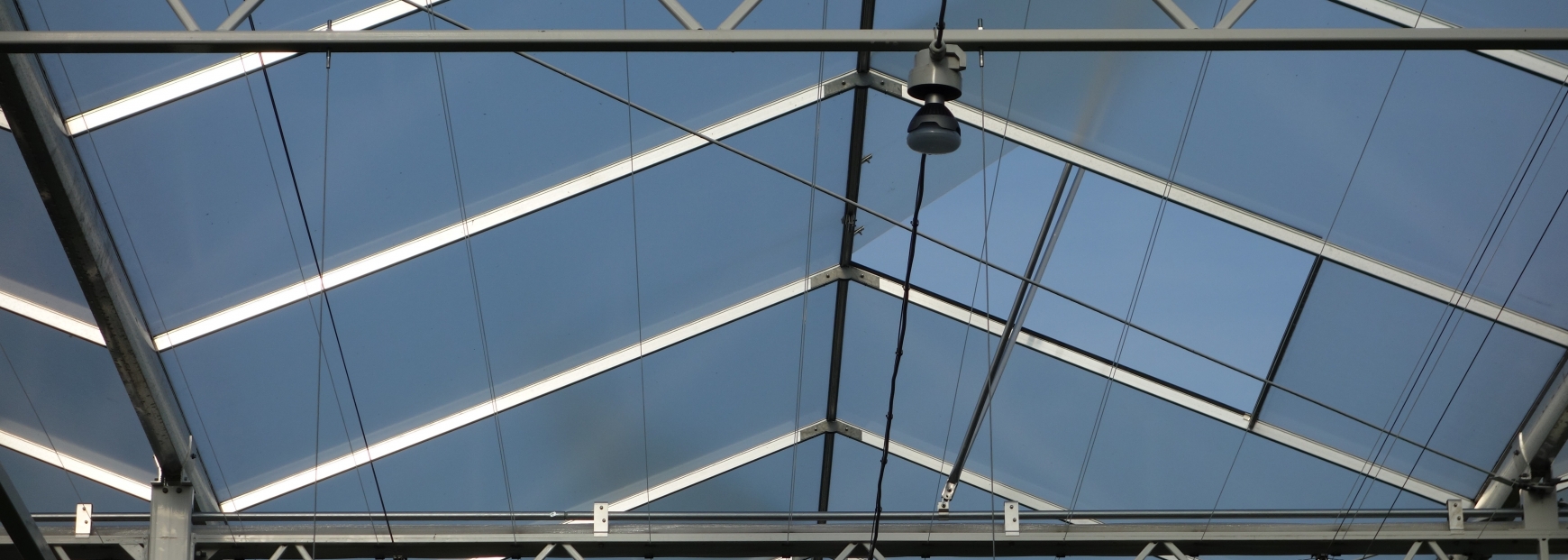As the winter sets in and the days get colder and shorter, maintaining a productive growing environment can be a challenge. For those targeting year-round production, keeping crops warm and well-lit, this can be an expensive time of year with high heating and electricity bills. However, growing out of season usually means that growers can command a higher price for their crops, as consumer demand is not always seasonal.
The inevitable drop in outdoor temperature means a higher heat input is required inside the greenhouse in order to maintain target growing temperatures. For example, heat loss from 1 Ha of glass without much in the way of insulation and a difference of 20°C between inside and outside, can be in the region of 1.6 MW; in other words, that’s the size of heat source needed to keep the inside temperature constant.
Heat loss is inevitable, even in a well-insulated greenhouse, but some simple housekeeping can help minimise this. For example, ensuring vents close fully and replacing any broken or slipped panes, at least means you have a closed structure. Wrapping the sides in bubble wrap can also be a cost-effective solution.
In addition to the structural losses, are those associated with a pre-determined venting strategy. Air exchange is often essential to keep humidity and temperature in check, but it can result in a drop below the target levels. An alternative is to operate using a completely closed system, with a climate computer keeping everything under tight control. Unlike a conventional greenhouse, a closed system may use a network of pipes to supply fresh air as required, connected to heat exchangers to minimise heat loss.
A big advantage of a closed system is that it reduces the unnecessary loss of resources, not only heat but also irrigation water. A dry summer this year has meant UK freshwater levels are low; being self-sufficient by harvesting rainwater can be beneficial. Recycling water is also sensible, especially when it still contains relatively high amounts of nutrients. While some may have concerns over disease risk, there is now a myriad of water treatment systems on the market, ranging from organic filters to UV treatment. In the Netherlands, where growers must recycle their drain water, anecdotal evidence suggests it also makes good financial sense, reducing the amount of fertilizer required.
But, the biggest factor at this time of year is light. With potentially only a few hours of daylight each day, growers may well consider supplementary lighting to keep the plant photosynthesising. As electricity prices rise, the financial return on investment in lights can be difficult to quantify. The energy saving offered by LEDs compared to HPS could become attractive, but the high capital cost will put many off. For those with combined heat and power (CHP), self-generation of electricity can make it a more viable option, as long as the heat can either be used or stored.
Winter production is not cheap, but by focusing on saving resources and taking a sustainable approach, costs can be kept to a minimum, while ensuring market demand is met year round.


